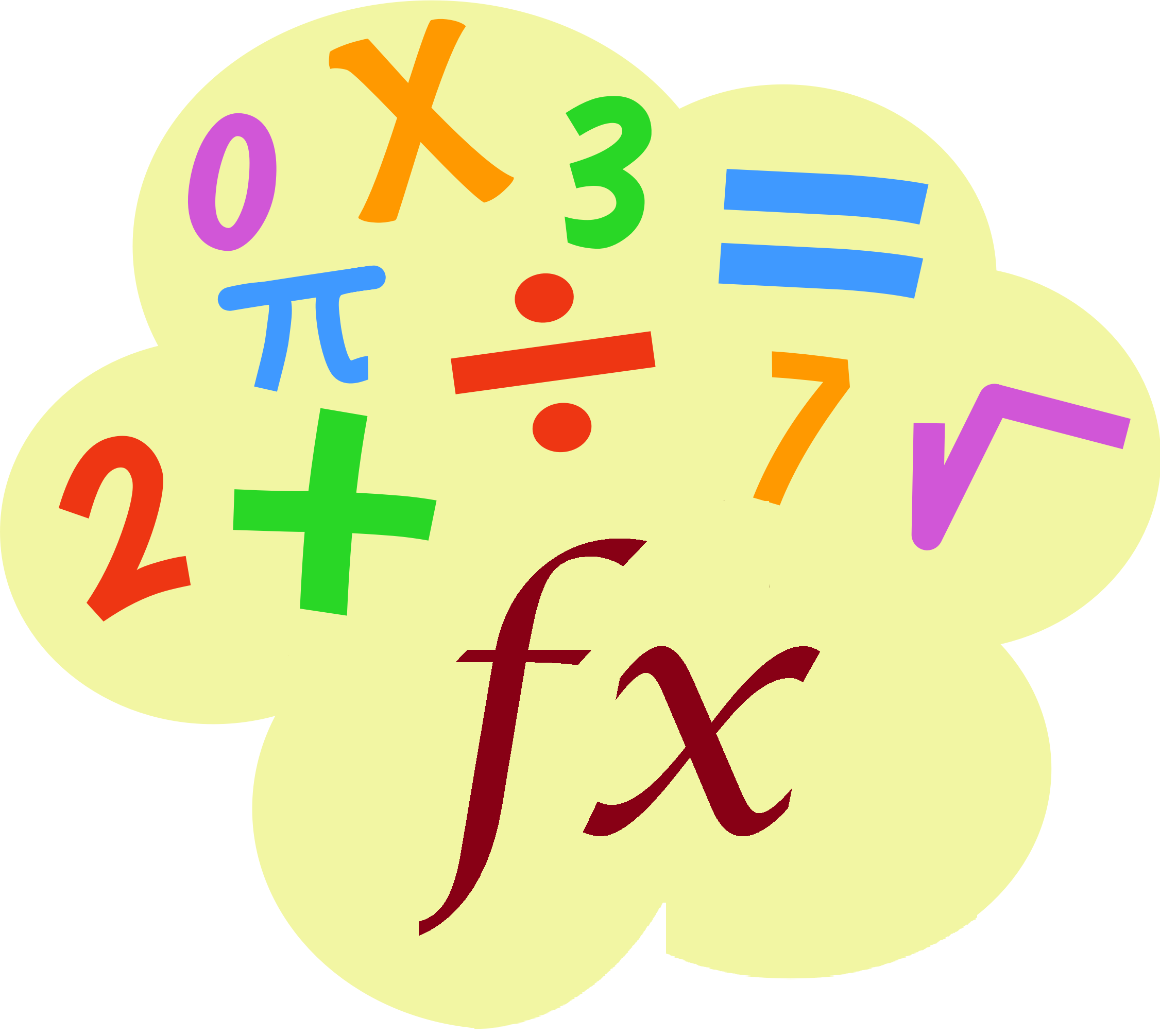STEYX function: Description, Usage, Syntax, Examples and Explanation
What is STEYX function in Excel? STEYX function is one of Statistical functions in Microsoft Excel that returns the standard error of the predicted y-value for each x in the regression. The standard error is a measure of the amount of error in the prediction of y for an individual x. Syntax of STEYX function STEYX(known_y’s, known_x’s) …

